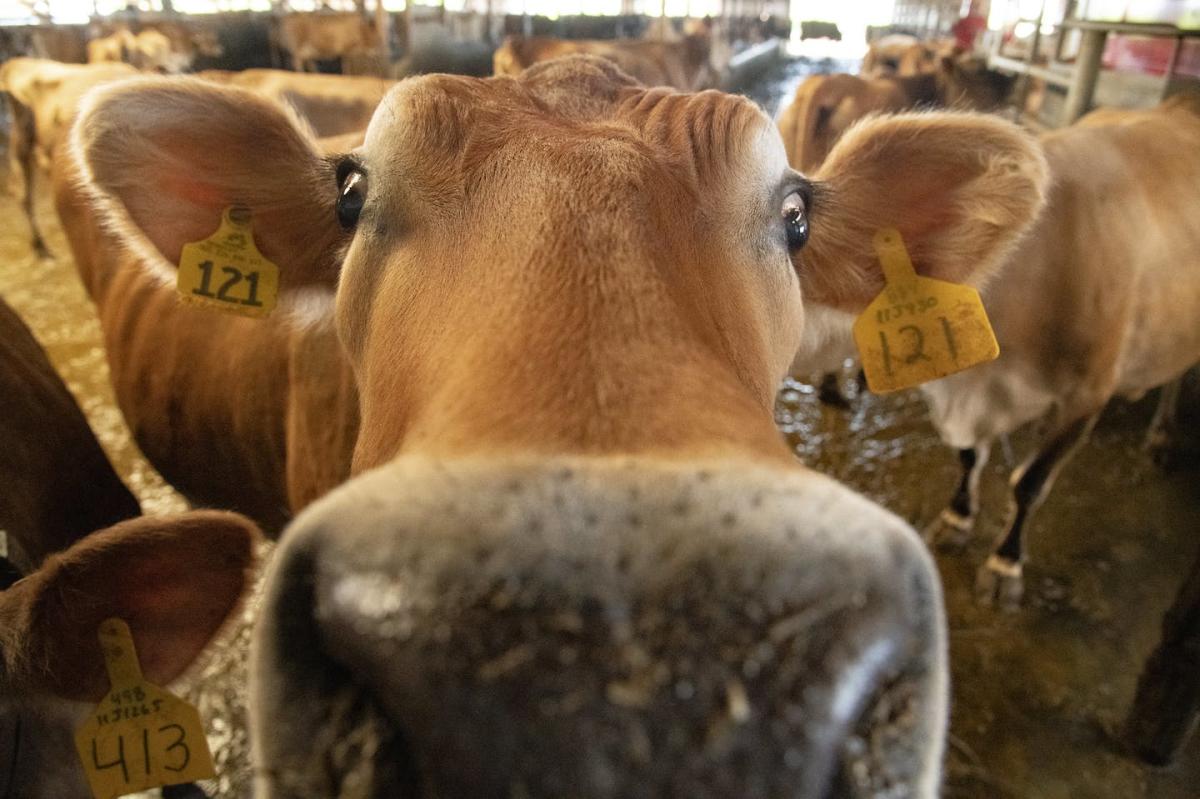For the first time ever, food and agriculture were the focus of discussions at the annual United Nations climate conference in 2023. Over 130 countries signed a declaration on Dec. 1, pledging to prioritize their food systems in national strategies for addressing climate change. This is a significant move, as the global food supply is increasingly threatened by extreme weather events and is a major contributor to greenhouse gas emissions. As the world’s population continues to grow, innovative solutions are needed to ensure sufficient food production while minimizing the impact on the environment.
The Innovation Commission for Climate Change, Food Security, and Agriculture, established by Nobel-winning economist Michael Kremer, has identified seven priority areas for innovation. These areas aim to enhance food production, reduce emissions, and be scaled up to reach millions of people. Three particular innovations stand out for their ability to scale up and generate economic benefits:
1. Accurate, accessible weather forecasts: Many farmers in low- and middle-income countries lack access to detailed weather forecasts, which are crucial for making strategic decisions about planting, irrigating, fertilizing, and harvesting. Investing in technology to collect data and make forecasts widely available could result in significant economic benefits for economies.
2. Microbial fertilizers: These fertilizers utilize bacteria to help plants and soil absorb nutrients, reducing the need for synthetic fertilizers. Research has shown that microbial fertilizers could significantly increase crop yields and generate billions of dollars in economic benefits.
3. Reducing methane from livestock: With livestock accounting for two-thirds of agriculture’s greenhouse gas emissions, innovative methods for reducing methane emissions are essential. Techniques such as adding algae, seaweed, or synthetic compounds to cattle feed have shown promise in reducing methane emissions while boosting energy use for growth and milk production.
In addition to these innovations, the Innovation Commission has identified other priorities, such as promoting rainwater harvesting, lowering the cost of digital agriculture, encouraging alternative protein production, and providing insurance and social protections for farmers in the face of extreme weather events.
While promising agricultural innovations exist, there has been underinvestment, particularly in low- and middle-income countries. However, public and philanthropic investment in developing and deploying innovations at scale can have high social rates of return. Drawing from the success of Gavi, The Vaccine Alliance in scaling up lifesaving vaccines, a similar global response is needed for climate change, food security, and agriculture.
As global leaders gear up for COP28, it is crucial to prioritize investments in agricultural innovations to address the challenges of food security and climate change. Paul Winters, from the University of Notre Dame, emphasizes the need for a coordinated effort involving governments, the private sector, and civil society to drive innovation and make a meaningful impact on food security and the environment.


